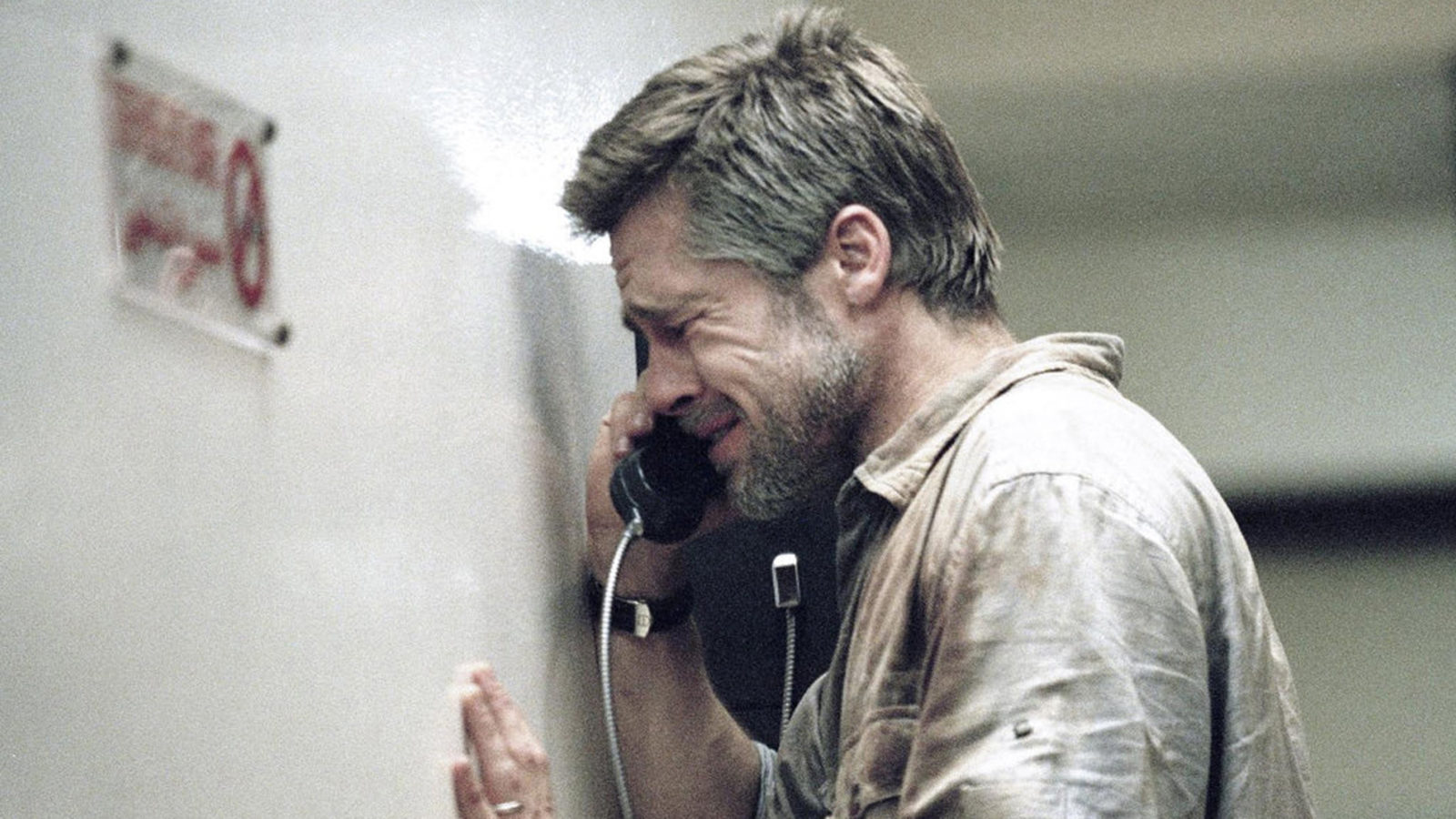
The Humanity!
Laurent! Excuse me... Laurent! I owe you money.”
“My name isn’t Laurent,” said Olivier Assayas.
“But Laurent, we distributed your film in England and we owe you money.”
“I’m really not Laurent.”
“Oh, you’re Olivier Assayas... I’m sorry, I got my French auteurs mixed up.”
As he walked away from the bar of the Grand Hotel, Assayas laughed. “That’s why I love Cannes.”
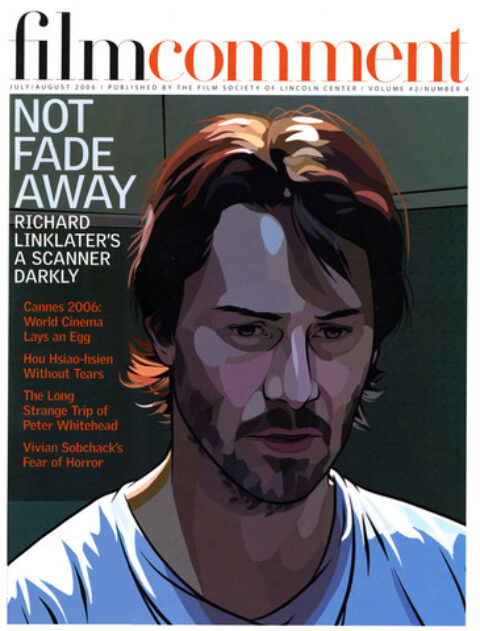
If you’re looking for reasons to love Cannes, getting out of the Palais screening rooms and onto the Croisette is probably an optimal strategy. Little in the competition offers anything to compare with the chintzy spectacle on Main Street, featuring hordes of desperate critics, edgy publicists, omnivorous fans, drunken pretty boys and girl toys, awful musicians, lords and ladies of mass entertainment, and, yes, befuddled distributors, all endlessly migrating from one food-and-drink outlay to the next. This annual low-rent bacchanal, which has the look and feel of such early Sixties items as The V.I.P.’s or I’ll Take Sweden coupled with the time-bending duration of a Warhol epic, is often far more engrossing than the movies themselves.
Given the fact that Cannes is such a class-based event (the security system, rivaling that of Langley, ensures that every caste stays in its proper place at all hours of the day and night), it was odd to see the cornball we-are-all-one global narrative played out so often onscreen. How on earth did we get from Nashville to Crash, and now to Babel and Selon Charlie? What began as a pretentiously jubilant impulse to kick America’s ass has devolved into a pretentiously dour imperative to remind every soul on the planet that no matter how much we profess to hate each other, we’re all suffering together. Dated on arrival, these new movies offer a ringing affirmation of an old adage: misery loves company.
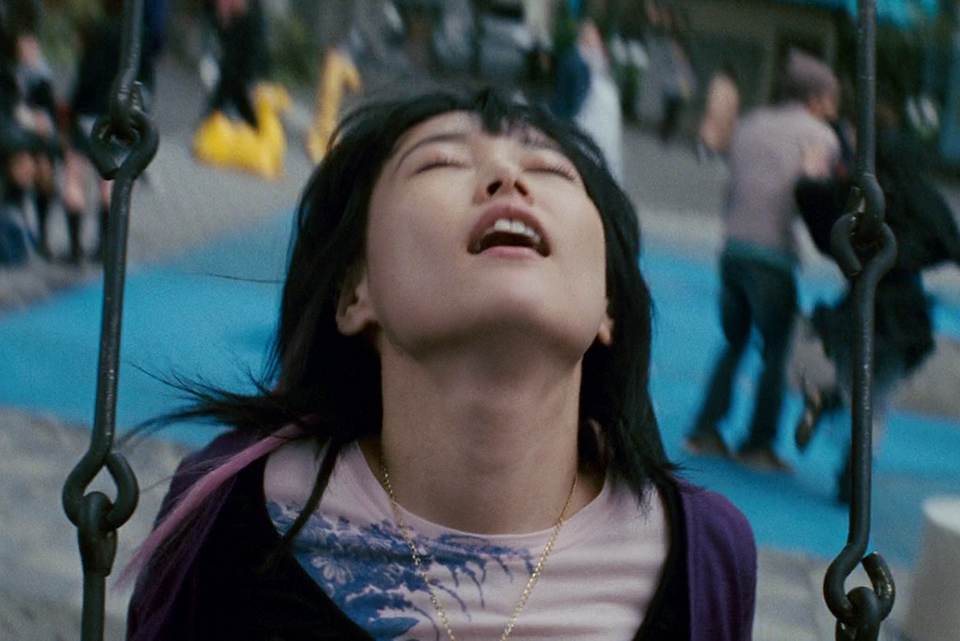
Babel
In Alejandro González Iñárritu’s Babel, a Moroccan boy fires the family rifle from the top of a mountain at a tour bus hundreds of feet below. Cate Blanchett takes the bullet in the shoulder, and she and her husband Brad Pitt wait for an ambulance to arrive in a nearby mud hut. We soon learn that the former owner of the gun is a Japanese hunter, whose deaf daughter spends her days and nights trolling for love in the neon wilderness of Tokyo. Meanwhile, back in San Diego, the Pitt-Blanchett children are taken by their Mexican nanny to her son’s wedding across the border. A good time is had by all, but the return trip doesn’t go as planned. At a certain point, you start to wonder what’s next. Will the Japanese girl pop some pills machine-pressed at a Midwestern pharmaceutical plant by a closeted born-again Christian? Will the Mexicans drink beer from bottles manufactured in Singapore by a charismatic but secretly shy man who will inadvertently mow down a family of five on the drive home from work? Since we’re all one, the possibilities are endless.
Iñárritu’s movie, so bloated with self-importance that it’s all but immobilized, is spiked at regular intervals with inexplicable nasty behaviors: the bus passengers give Pitt, whose wife is bleeding to death on a dirt floor in the middle of nowhere, 30 minutes before they pack up and leave; the Japanese girl lures a handsome detective to her apartment and explains to him that her deceased mother killed herself by jumping out the window, when it is later revealed that she actually shot herself (I’ve forgotten if this is before or after she strips naked and shoves his hand in her crotch); the Mexican nanny’s nephew, inevitably played by Gael García Bernal, makes a run for it when he’s detained at the border and dumps his beloved aunt and her charges in the middle of the desert at five in the morning. The director’s very mild talent for making a corny but workably astringent setpiece out of practically any scene only makes matters worse: the fact that the film is essentially a series of hot air gusts is betrayed at regular intervals by Iñárritu’s heightening techniques. If Nicole Garcia’s equally pretentious Selon Charlie is the better movie, it’s because the array of humanity is confined to one small city as opposed to the entire planet, and the fact that the actors, as opposed to the technicians, are allowed to set the tone (in the Iñárritu, there’s no such thing as a performance, only blurs of frantic activity). Garcia also has a secret weapon. Selon Charlie is bearable only because the globalized merry-go-round structure always finds its way back to Jean-Pierre Bacri’s impeccably crisp comic turn as the mayor. As an arrogant, hilariously tense small-timer with reserves of compassion, Bacri hits a high note in every scene, whether he’s balking at quoting Apollinaire in a standard welcome speech or joining a conga line at the local home for the aged. Bacri gave the film, if not the festival, some severely needed uplift.
Babel was kissed off with a Best Director prize by what looked like a sharply divided jury (talk about a cross-section of humanity!), and the Palme was awarded to a pretty good movie. Ken Loach’s Irish Civil War epic, The Wind That Shakes the Barley, has all of the director’s usual shortcomings—a surplus of rhetoric, a willingness to let politics trump character—but the movie also had a freshness and a genuinely tragic sense of history. Loach is a fascinating figure. At any given moment, you can feel him resisting the pull of poetry, for fear that it will steer audience attention away from the political conflict. With rare exceptions (Ae Fond Kiss, most of Carla’s Song), the poetry slips through the cracks anyway. As usual, Loach gets a hard line into his action, and an impressive momentum. As always, he imagines every scene in the same fashion: actors, grouped in medium shot, engaged in site- and place-specific action, functioning like a group organism, every close-up a magnification of one aspect of the ongoing larger action rather than a deepening of the scene. The film is filled with good-to-extraordinary setpieces that work from this principle—a confrontation between railway workers and the Black and Tans, a pair of executions set against a hilly backdrop, and two house raids that build to shocking violence in a pastoral setting. Loach gets a welcome boost from Cillian Murphy, whose will-o’-the-wisp frame and pretty-boy face offset the gravity of his “flying column” freedom fighter to moving effect. If Barley is finally less than a great movie, pushing one character’s political transformation so hard that the final tragedy is not felt as fully as it should be, the memory of its best moments is left undimmed.
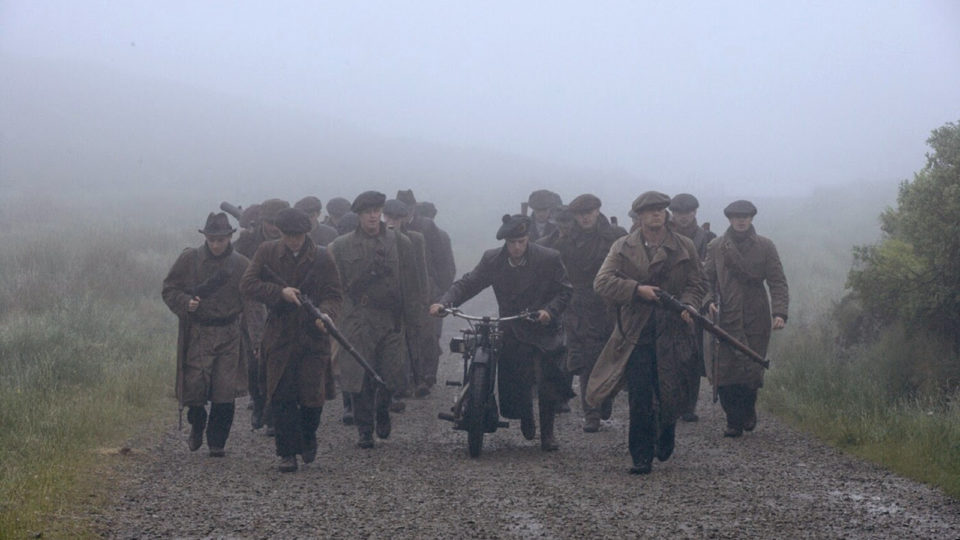
The Wind That Shakes the Barley
Barley also features a good, stark scene in which a squad of IRA soldiers hiding in tall grasses ambush a truckload of English soldiers. Loach makes excellent use of the terrain, the sense of surprise, the panic. The scene offers a fascinating contrast with the many acts of brutality and bestiality peppered throughout Bruno Dumont’s Flandres, which prompted an alarming number of quick-thinking comparisons with Bresson and Kubrick. Dumont’s combat scenes, a series of mini-My Lais in a fictional desert war, have to be seen to be believed. His soldiers appear to have been trained in gang rape and indiscriminate mayhem only, as illustrated in vignettes of which it is almost impossible to convey the level of numbed and numbing disaffection and abstraction. The scenes set back amongst the apparently neanderthal population of Flanders are more interestingly textured, visually and aurally, but dramatically they are even worse, fixated to the point of obsession on man’s basest animal instincts. Dumont is no fool, and his control remains impressive, but his concentration is flagging: the hypnotic sense of quivering life in L’Humanité has evaporated, and the phenomenologically elemental action now seems perfunctory. Flandres ends up as a strangely neutral experience, reaching a fairly grim, unintentionally comic high point when the mentally unbalanced town slut back in Flanders is mounted from behind amidst the livestock in a barn. “First the mother, now the daughter,” tenderly remarks her father.
Torture was a big item in this year’s Cannes crop—genital mutilation (Flandres) and taser-gunning (Southland Tales), fingernail-pulling (The Wind That Shakes the Barley), fake second-rate lounge singing (Quand j’étais chanteur), and good old-fashioned bludgeoning and bathtub-dunking in Israel Adrián Caetano’s Buenos Aires 1977. The horrifying era of Videla’s Dirty War looms large in Argentine culture, and like Vietnam it has inspired a few good movies (Garage Olimpo, Los Rubios) and more than a few sensationalistically inconsequential ones, of which Caetano’s is the latest. Based on Claudio Tamburrini’s Pase Libre, a memoir of his kidnapping, incarceration, torture, and hair-raising escape, the film is a decidedly low-voltage affair whose force is supplied by its keen awareness of its own importance. Was Caetano intimidated by his subject matter? Given the profusion of punch-in close-ups and booming drum sounds and the clammy color scheme (lifted from Trapero’s El Bonaerense), it would seem that he was. This is a strictly all-effects movie, an endless train of would-be high-intensity moments threatening to uncouple. Diego Alonso’s Lucas, a languidly smirking villain with slicked black hair and moustache and a leather jacket to match, is quite a creation: not since Conrad Veidt has the cinema seen such an over-lubricated bad guy. The movie shies away from authentic depravity and the level of hopelessness among the captives rises and falls according to the filmmakers’ perception of audience tolerance levels (similarly, Caetano and his naked actors are very responsible about keeping genitals out of camera range). “Argentine J-horror” was the snap assessment—would that it were so. At least an almost unrecognizable Rodrigo de la Serna brings some unpredictability and feistiness to the lead role.
Johnny To and William Friedkin are unhampered by the sense of occasion that stymies Caetano, and their new movies possess real force, ravishing action, go-for-broke acting, and an abundance of horrific black comedy. To’s Election 2, superior to last year’s Election, has the director’s requisite Godfather-isms and cartoon-caption dialogue, but it glides from one spectacular set piece to another. One of the best involves a quick series of moves and countermoves in an outdoor restaurant filled with lush greenery, in which cops and gangsters play hide-and-seek. “It’s a political movie!” proclaimed Les Inrockuptibles critic Serge Kaganski, and he’s right. Louis Koo’s definitively smooth Jimmy is saddled with a life term as Triad president, since he is deemed the candidate best equipped to keep the machinery of commerce in good working order for the onrush of 21st-century capitalism—at which point To’s movie becomes a pocket-sized Casino. As in the Scorsese film, the body of late capitalism beats with a savage heart. To’s movie features two instances of shocking barbarity—one scene involves bludgeoning, butcher’s knives, a meat grinder, and ravenous dogs; and in the film’s affecting finale, a fallen father watches his son literally running into a life of crime as he’s being hammered to a pulp in the back of a moving car. To sometimes assumes the mantle of “genre artist” with a bit too much solemnity, but this is one of his stronger films, and it bodes well for his upcoming Mission sequel.
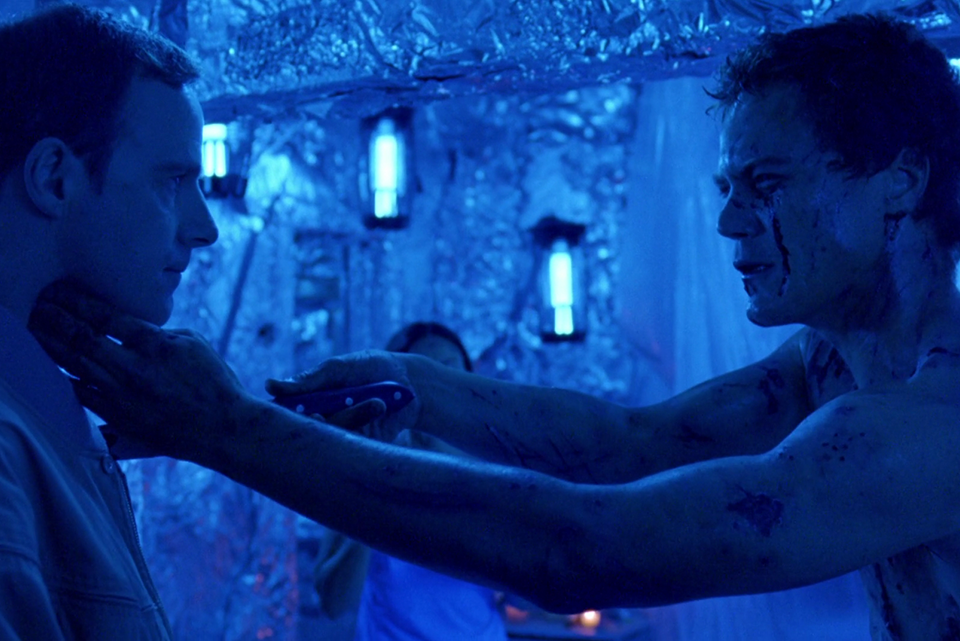
Bug
Kaganski also slapped the political tag on Friedkin’s adaptation of the Tracy Letts play Bug, which appeared in the Directors’ Fortnight. Close, but no cigar. However, a movie this strong doesn’t need political relevance to justify its existence. Hurricane Billy has churned out quite a bit of crap in his 40-year career, but he has about five or six triumphs, and this ingenious and truly disreputable film is one of them. As with any good Friedkin, the mood of this meth-induced nightmare is pitch-black, leavened with dollops of terror and desperation. What makes Bug work is the acting. Ashley Judd and Michael Shannon dive headfirst into Friedkin and Letts’s unclean pool and swim through the unsentimentalized action with unflagging energy. Aside from a bravura opening shot and odd outings to supermarket and bar, we’re stuck in a flimsy Oklahoma motel suite, but Friedkin’s inventiveness with physicality here is virtuosic. Bug has a keen sense of the life of the lower class burnout, lunging back and forth across a cramped living space, making grandiose stabs at postponing oblivion. Like A Scanner Darkly, this is a narrative told in junkie logic, but where Linklater stresses the paranoid sadness and tiredness, Friedkin and Letts accentuate the skin-crawling agitation, the panic, the apocalyptic delusions. Every desperate move and crazed deduction about government-manufactured aphids in the bloodstream leaves a psychic trace, and the cinematic space becomes webbed with increasingly sad and horrific lunges at redemption. For some it was too corny by half, but I was mesmerized.
On the paler end of the cultural spectrum, the French fascination with beautiful amorality marches on. Patrick Grandperret’s Murderers and Claire Simon’s Ça Brule both featured girls out of control, to French cinema what adorable tots are to Hollywood. In Simon’s film, a bored teenager develops a crush on a local fireman (like the Japanese girl in Babel, she’s bracingly direct—an economical text message to the puzzled object of affection reads “my mouth on your cock”). A good documentary filmmaker, Simon is one lousy storyteller. Throughout the first hour, no event is unworthy of elaboration: bicycle riding, roof patching, endless taunting of the girl on her horse. What’s next? Tile-grouting? Lawn care? What’s next is an act of divine madness that, given the fact that we barely know this girl in the first place, strains credibility.
Grandperret’s movie about two down-and-out teens making a series of disastrous stabs at hustling their way across the south of France is more believable and compelling. Based on an “idea” by Pialat, the movie has some of his hard-nosed sensibility and insight into the fickleness of human behavior, and it’s very good on the brutish voraciousness behind a genteel bourgeois family. But Grandperret finally lacks Pialat’s daring and keenness of perception, not to mention his willingness to turn his narrative inside out at any moment, and Murderers moves too willfully into its final act of inevitable bloodshed.
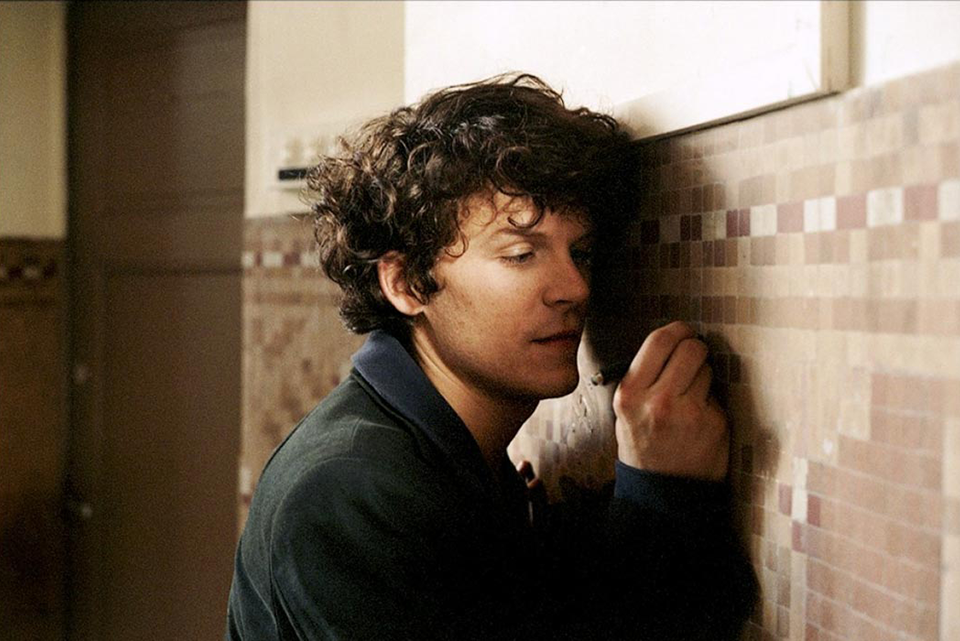
Les Amities Malefiques
Emmanuel Bourdieu’s Les Amitiés maléfiques, which opened the Critics’ Week, was a superior variation of the same theme. The film is built around a fascinating character—a brilliant grad student in literature named André (Thibault Vinçon), at once adored by his friends and professors and obsessively controlling, incapable of turning out a complete thesis and violently jealous of the finished products of others, and a charmingly pathological liar in the bargain. Visually speaking, Amitiés is almost nonexistent, but it has a terrifically sharp sense of power playing among friends, and one indelible encounter. André demands that his admiring but increasingly impatient, velvety-voiced prof (Jacques Bonnaffé, always impressive) sign off on his unfinished thesis, and slaps him when he refuses—the mutual shock between the two men was one of the finest moments in Cannes.
Rumor had it that four of the jurors were great admirers of Pedro Costa’s Colossal Youth. Unlike Cronenberg’s similarly divisive Crash a decade ago, Costa’s film walked away with nothing. Colossal Youth is a series of hieratically lit and colored scenes, many shot in low-angled single takes, encounters between a Cape Verdean immigrant named Ventura (presumably enacting a variation on himself) and assorted friends and family, each more down and out than the next, in a nearly abandoned old quarter of Lisbon and in a new government-run apartment complex. Making a case for any potential audience viability for this hauntingly incantatory experience would be a futile gesture—as critical multitudes were exiting throughout the press screening, you could see tomorrow’s snap judgments forming in your mind’s eye. Colossal Youth is indeed “glacially paced,” an “endurance test,” and it does fail to “develop” dramatically. So, consumers unite: stand up for your leisure time, refuse to “give up” two hours and 40 minutes to Pedro Costa, and go watch Curb Your Enthusiasm or Dogville instead. The audience card is played so often that one would think that it was the final word in criticism, but what about the movie? Colossal Youth remains an impressive, often transfixing excavation of dark, dark territory, emotionally and visually, and its duration is directly tied to its overall shape, and impact. The weight of Ventura’s displacement and longing for his absent wife, amidst conditions of killing poverty and soullessness, drags him down into despondency: those low camera placements, angled up at Ventura’s starkly beautiful form positioned against unforgiving sky and light, represented something new, a singular vision of lower-class existence, decrepit and monumental at the same time. A figure of crumbling dignity as he listens to the laments of a new mother with a drug habit or a spiel from the housing agent or as he periodically repeats a poetic plea to his missing wife, Ventura is a genuinely lost soul, haunting his own life like a ghost. He is also far more of a real person than the editorialized figurines scattered throughout Babel. Long after Iñárritu’s vaunted film has been forgotten, cited only as a cultural blip from a minor talent defeated by his own anxiety about staying relevant, Costa’s impossible object will be mulled over, scrutinized, perhaps rejected, and maybe even adored.







